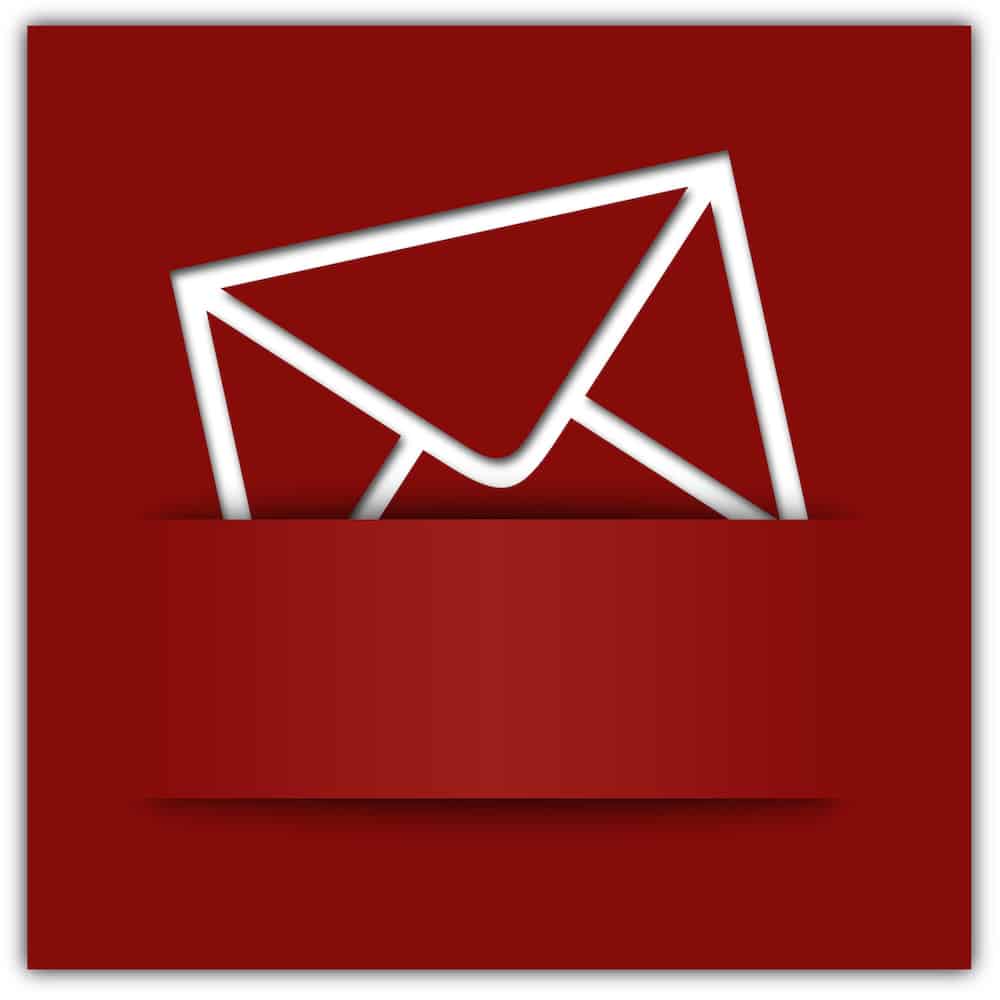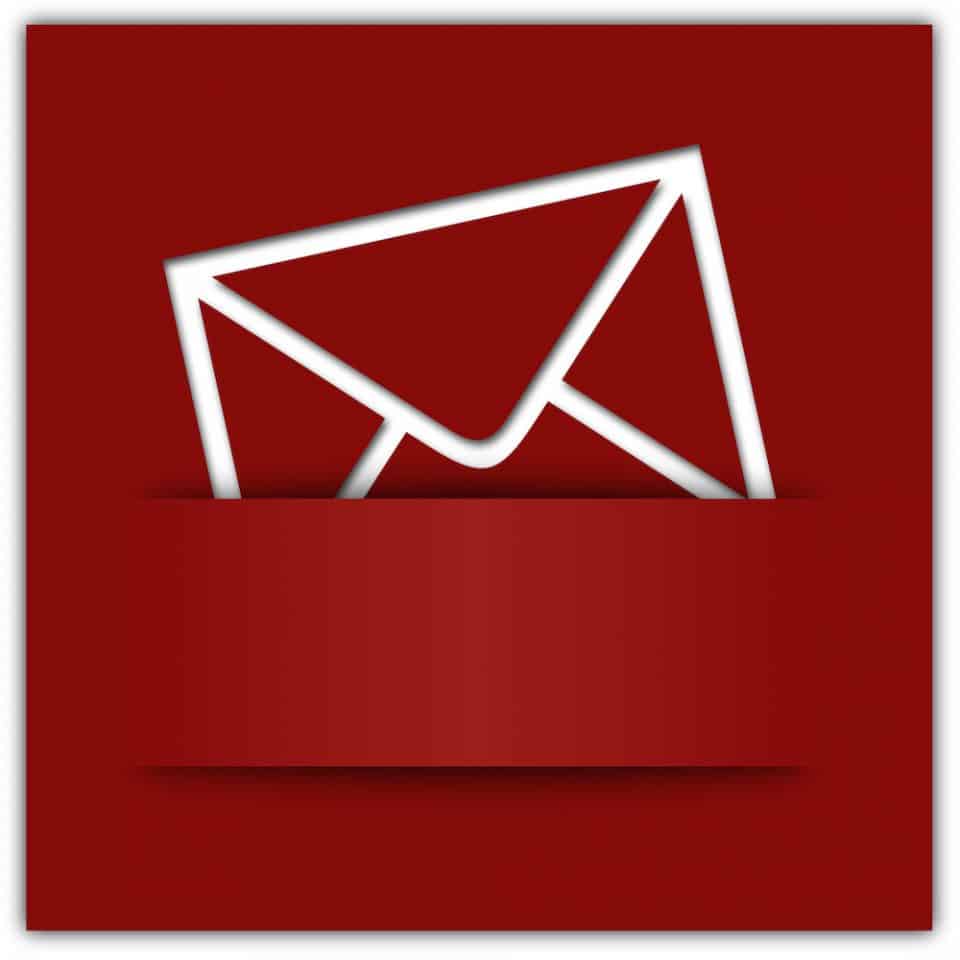Email marketing is a great way to inform subscribers of upcoming events, promotions, news, updates, and sales. It’s also a great way to obtain new customers, being 40 times more effective at acquiring new customers than Facebook or Twitter. But, it doesn’t matter how effective email marketing can be if emails aren’t being opened by subscribers.
Over 90% of adults use email and 61% of them are checking emails daily, but aren’t opening every single email they receive. Businesses can spend endless hours crafting the perfect template design, thoughtful content, and a unique promotion for email subscribers, but if it’s not enticing enough to open, no one will ever see the hard work put into action.
Increase your email open rates and get your message across to more subscribers on a regular basis with these tips below.
Avoid Words That Trigger the Spam Folder
Choosing the wrong words in the body, title, and/or subject line of an email can automatically send your newsletter directly to spam. Most spam trigger words don’t seem very spammy initially and can be tricky to avoid in an email. If you’re having trouble finding a replacement for a spam trigger word, try to only use the word or phrase once in the email.
For example, if the email is promoting a new offer such as 20% off the whole site, the percentage “20% off” may be considered spam by an email provider. It’s necessary to still include the “20% off” to let subscribers know how much they can save, but with a limitation. Instead of putting “20% off” in each headline and multiple times throughout the body of each paragraph, just emphasize the “20% off” as a text image at the top of the email newsletter. The body of the email can explain why the deal is happening and for how long.
There’s a large list of words and phrases like “20% off” to avoid, but here’s a few of the most common words that can get your next email newsletter thrown into the treacherous spam folder:
- Financial Terms: cash, credit, profit, payment, money back, guarantee, bargain, $$$, extra income, free, 50% off, compare rates, free investment, percentage, million dollars, f r e e, free and FREE.
- Contests: giveaway, prize, you are a winner, you have been selected, cancel at any time, congratulations, for you, giving it away, get it now, free membership, free installation.
- Call-to-Actions: act now, act quick, last chance, one-time offer, click here, sign up for free, limited time, apply now, urgent, today only, apply online, order today, call now.
- Marketing Phrases: free leads, compete for your business, auto email removal, online marketing, opportunity, performance, direct marketing, direct email, instant access, 100% free, marketing solutions, multi level marketing, compete for your business, work at home, web traffic.
Optimize the Delivery Time
The best way to determine the optimal delivery time for an email is through trial and error, as well as analyzing the audience. Some third party email programs can assist with data to inform when your subscribers are most likely to open an email, but the best way to find out is to actually test your subscriber list. Some weeks Saturday at 9:00 am may be the optimal delivery time, but for the Memorial Day weekend sale Friday at 11:15 am is more effective.
Finding the perfect delivery time can also depend on your audience and their behaviors. What time does your audience usually begin their day? Are they the type to lay in bed scrolling through their phone at midnight or first thing in the morning? Analyze your subscriber list and test multiple days and times to deliver emails when they are most likely to be opened.
Write a Subject Line That is Worth Opening
A great subject line gives hints of what to expect in an email. It is meant to tease, as well as inform subscribers why it’s so important to open the unread email. Most businesses forget about the importance of a subject line, and have low open rates to prove the afterthought.
Improve your open rates by crafting an enticing subject line with these tips:
- Reference a familiar topic. Is this email in response to a recent webinar or offer? Include something that is recent and/or familiar to the subscriber, such as a webinar they just saw, in the subject line to help increase the chance of them opening the email.
- Create the subject line first. So often marketers write the subject line last, forgetting it’s importance. Writing the subject line first will help focus the email copy, as well as complete the hardest task first.
- Write, write, and write again. The first subject line you create won’t always be your best. Draft a few different ideas for the subject line and have a coworker or friend read each. Have them pick the most interesting one and stick with it.
- Don’t use all of the characters. Most email providers show about 60 characters of an email’s subject line, but that doesn’t mean you’re forced to use all 60 characters. Get your point across using the least amount of characters to help attract those speedy readers who are quickly skimming from subject line to subject line.
Design a Mobile-Friendly Email
About 53% of emails are opened on mobile devices. Whether you use a third party program or design email newsletters yourself, choose a template that will compliment mobile email delivery to help increase it’s open rate. One out of every three clicks within an email occurs on a mobile device, so each button and link needs to direct to a mobile-friendly landing page or website. The overall body and design of the email should be easy to digest on mobile and tablet devices.
Create an Email Calendar to Avoid Oversending
Daily emails are a bit much. It doesn’t matter if you’re my favorite store, an industry leader, or a grocery store sending daily coupons, receiving multiple email from a business every single day can be overkill.
Create an email marketing calendar that accommodates a routine-feel, sending out an email newsletter once a week, once a month, or once a year, just as long as the send date has some sort of expectation. Database Marketing Institute found the open rate to be the highest when companies sent out two emails per month, regularly. Find a schedule that accommodates the content of your emails, as well as the open behavior of your subscribers, and stick to it.
Be Aware of Updated Spam Laws
Mailchimp, an email marketing tool, defines spam as, “any unsolicited, irrelevant email sent in bulk to a list of people”. The most important word to note in their definition is “unsolicited”. Anytime a business adds a person’s email address and contact information to their database without the proper acknowledgement it is considered unsolicited.
If personal information is provided in-person, on paper, or through a contact form online, there must be a section where the subscriber agrees to receive information and marketing materials from said business. Most companies will do this by providing a box to check online, or a line to sign agreeing to receive marketing materials on a printed contract. As long as a business has this agreement they can legally send marketing materials (email newsletters) in accordance to the spam law, CAN-SPAM Act.
In 2004, The CAN-SPAM Act of 2003 was activated and came with a minimum $11,000 fine for each spammy email offense, PER email. This act is still 100% in effect today and has cost businesses not abiding by the rules millions of dollars in fines. To avoid such fines and to increase the chance of your open rates, the CAN-SPAM Act requires the following:
- Don’t use false or misleading header information. Your “From,” “To,” “Reply-To,” and routing information has to be accurate and identify with the business who initiated the message.
- TIP: Who an email is coming from has a huge impact on open rates, as well, with 68% of Americans say they base their decision to open an email on the ‘From’ name.
- Don’t use deceptive subject lines. Each subject line needs to align with what the email content is actually about.
- TIP: It also helps to personalize the subject line and can improve open rates by 26%.
- Identify the message as an ad. The law gives you a lot of leeway in how to do this, but you must disclose clearly and conspicuously that the email is an advertisement.
- Tell recipients where you’re located. The message must include the valid physical postal address. This information is most commonly placed at the footer of an email message or at the top.
- Tell recipients how to opt out of receiving future email from you. An ordinary person needs to be able to recognize, read, and understand how they can opt-out of receiving future emails from you.
- Honor opt-out requests promptly. You must honor a recipient’s opt-out request within 10 business days and remove them from receiving any future emails from you.
- Monitor what others are doing on your behalf. There’s no pointing fingers. If you hire another company to conduct email marketing, your business is still held liable and is responsible to comply with the law.
What kind of email marketing tactics do you use to help increase open rates? Comment your tips below!

